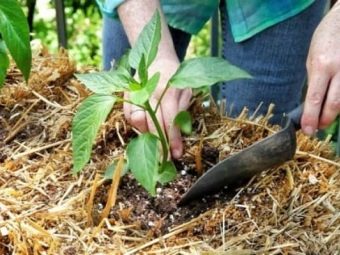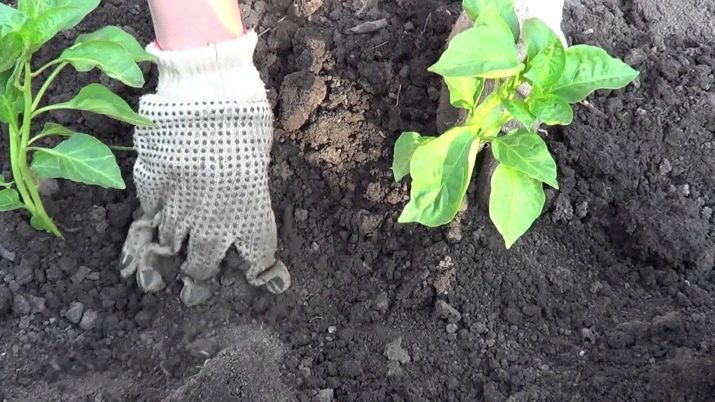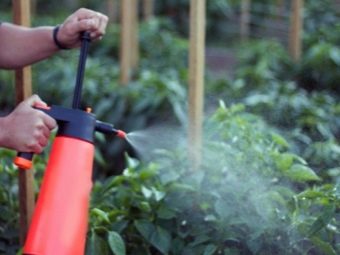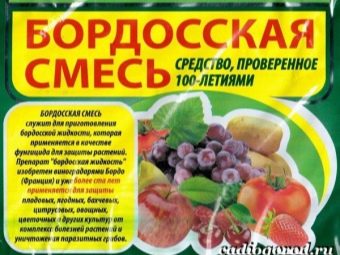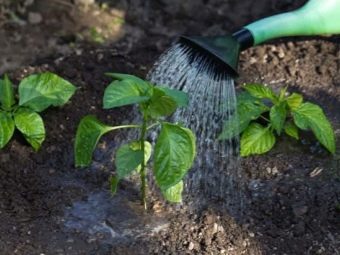Why do peppers have purple leaves and what to do?
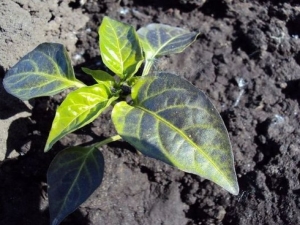
Many amateur gardeners or novices in this case can sometimes notice that at some point the pepper started to turn a purple color or a slight purple hue. What is the reason and how to deal with it?
The reasons
First of all, you need to understand what it is - the purple leaves of the pepper. This happens primarily due to the fact that the plant lacks phosphorus. It is the phosphorus deficiency that paints the leaves of pepper purple. This is a sign that the soil lacks fertilizer. Leaves can also get purple because the plant is freezing. This happens if the air temperature drops below 15 degrees.
Often, leaves become purple in color if they lack moisture and, as a result, dissolved minerals such as copper. It is also worth noting that if copper is not absorbed, phosphorus is not absorbed. If the lower leaflets are dyed purple at the very beginning, this indicates that the plant lacks exactly mineral substances.
There are a few more reasons why the leaves of the peppers turn purple:
- soil that is not suitable for the plant in its composition;
- sudden changes in air temperature;
- if the metabolism is disturbed in the plant itself;
- if the seedlings are planted in the same place for several years in a row;
- too hot weather and dry soil, which prevents the plant from assimilating beneficial nutrients.
It is necessary to try to find out for what reason the leaves of the pepper become purple. This is necessary in order to begin the correct treatment of the plant. Another problem that may interfere with gardeners is that pepper leaves turn blue. This can happen not only in the open field, but also in a closed greenhouse. Such a fate can overtake such vegetables as carrots, tomatoes or eggplants.
Treatment
There are several ways to treat such ill. It is worth noting that the treatment is best to start when there is only a suspicion of the appearance of the disease. Consider several treatment options.
- Copper spraying. This method can also be considered preventive, if you do this procedure before the disease appears on the leaves. Spray is worth once for the entire season. When processing, use water of about 30-35 degrees. For one bush medium size, you must use about one liter of water. This procedure helps to get rid of fungal diseases and normalizes the metabolism of the plant.
- Timely dressing and watering. In order for the plant to return its green color, the peppers must be watered on time, and also do not forget to feed. If the vegetables are in the greenhouse, and not in the open field, you can adjust the temperature in the room and prevent the disease of the plant. Adjustment of the temperature mode occurs in the following way: either with specialized devices, or independently by ventilation of the greenhouse and heating it to a certain temperature.
If the plants are on the open ground, when the temperature drops you need to cover the bushes with a special cloth.
- Also do not forget about the temperature of the soil. The optimum temperature for the soil in the place where the peppers grow is 22-25 degrees. At night, the temperature may drop slightly, this difference is not, in principle, considered critical (4-7 degrees). If you cure a diseased plant in time, it will still be able to give good, juicy fruits for the season, which can be eaten for a sufficient amount of time.
Prevention
In order that the leaves of the peppers do not become sick and do not become blue or purple, it is necessary to carry out preventive measures immediately after planting.The main thing that needs to be done is to systematically check pepper bushes in order to detect any disease at the earliest stages, and not only anthocyanosis.
In order not to treat the already formed disease, the peppers need to be treated with Bordeaux solution. It is worth noting that in order not to create conditions for the disease of peppers from the very beginning, they need to be planted in open ground only after the temperature outside has been established at around 20-22 degrees.
Proper care and feeding of peppers
The most common reason why leaves turn blue in peppers or become purple is the lack of nutrients, namely phosphorus. It is for this reason that the dressing of peppers must be made on time and in the required quantity. First of all, before you start feeding pepper bushes, you need to familiarize yourself with how to do it. The very first thing to do is to feed the soil into which the seeds will be planted. The following feeding should be done after the seedlings have been planted in the ground, that is, it should take about 15-20 days.
It is recommended to use fertilizers with a large amount of phosphorus so that purple spots do not appear on the peppers.
When the plant is actively growing and developing, it must be fed systematically once every 30 days. During this period, it is possible to produce both root and foliar feeding, processing the leaves themselves. Also, do not forget that the peppers, like other vegetables and fruits, need to be watered systematically; you also need to regularly and regularly remove weeds that can interfere with the growth of the pepper bush.
Tips
Like any other occupation, the cultivation of pepper requires gardeners of certain strength, skills, knowledge and patience. You should also take into account the fact that this plant is somewhat capricious during cultivation and care. There are several rules and tips, following which you can grow a rich harvest of pepper.
- The first thing to consider is the time when the seedlings should be planted in pots. It is advisable to do this from March 1 to March 15, it is necessary so that before sowing seedlings in the ground the peppers can grow stronger and grow to the required size.
- Seeds before sowing can be germinated, this procedure is not mandatory, but it should be borne in mind that such germinated seeds grow faster.
- You should also know how deep the seed should be planted. The optimum depth is about 3 millimeters.
- Choosing a place to plant is also very important, as this plant is very warm and light-loving.
- It is necessary to remember the correct and timely shaping of pepper bushes.
If all conditions are met correctly, then there is no doubt that a rich harvest is ensured.
The following video shows pepper diseases and how to combat them.


